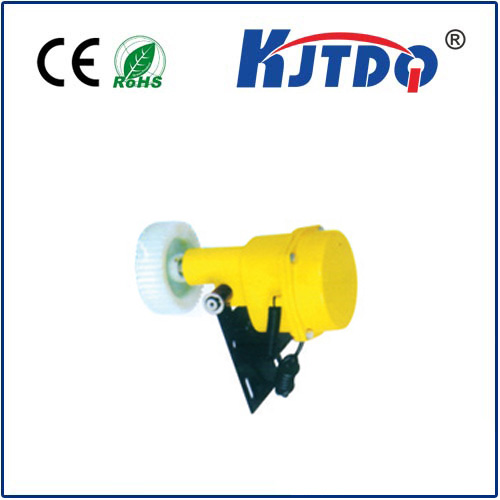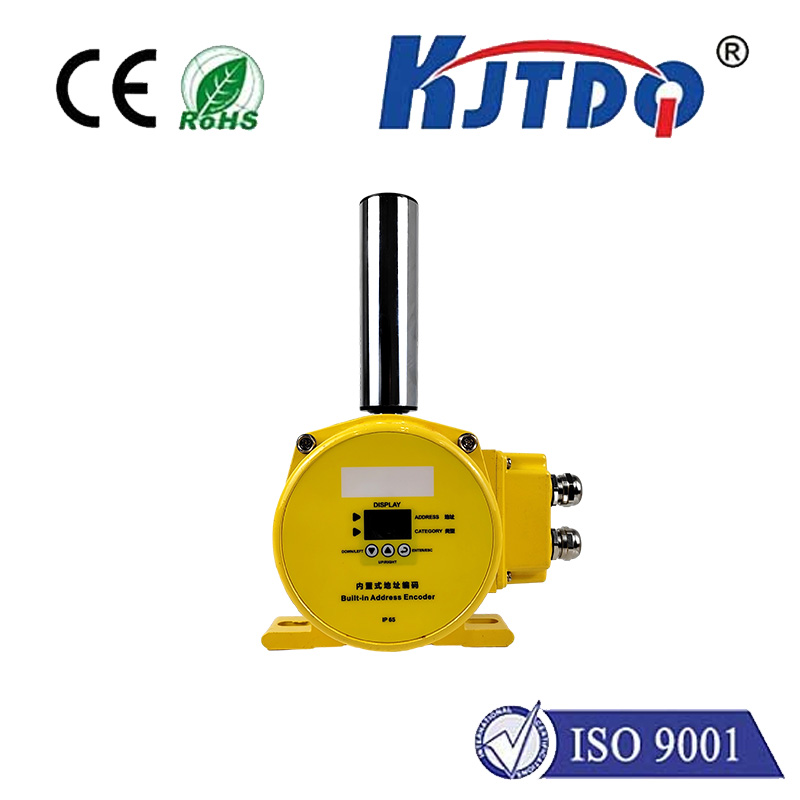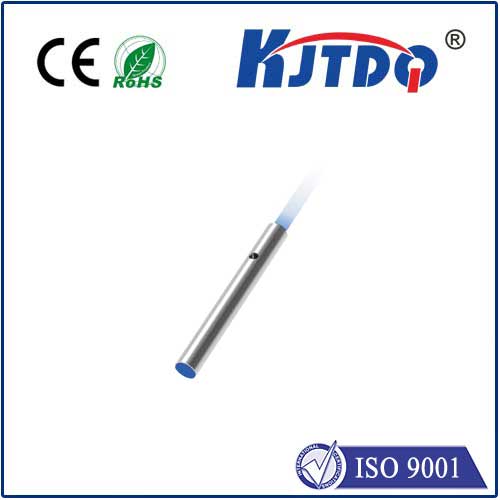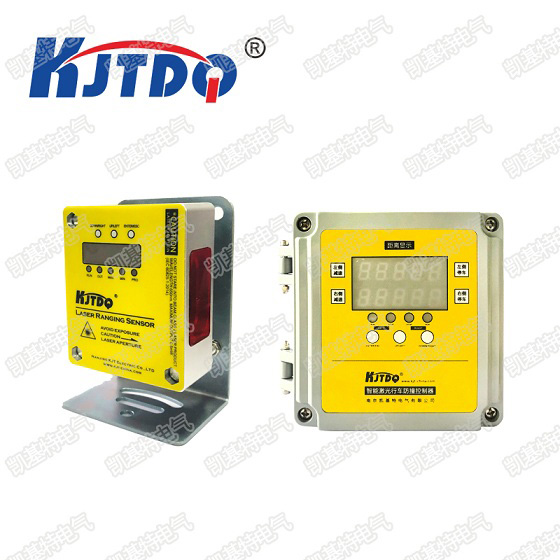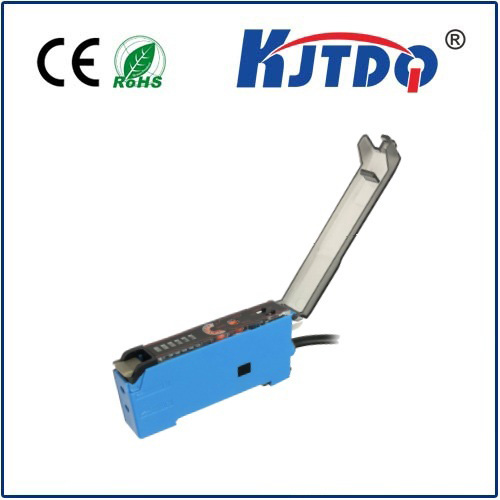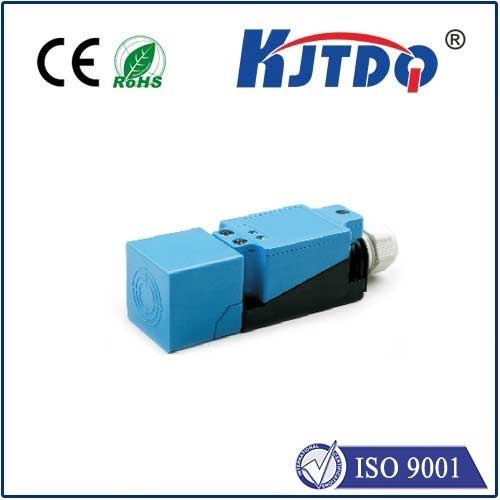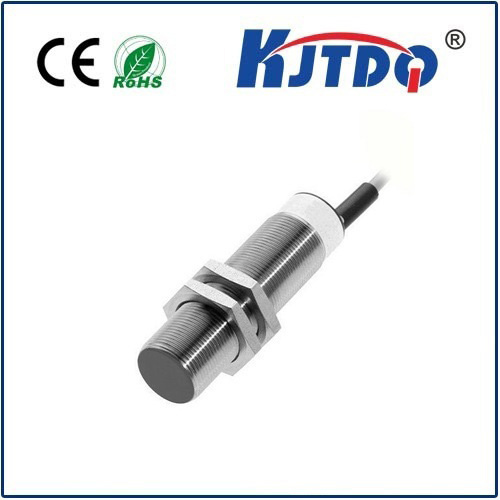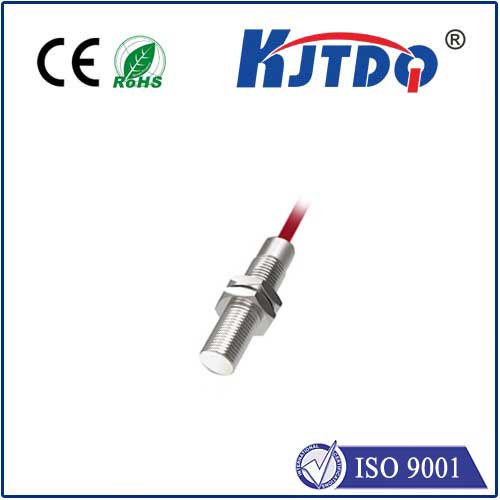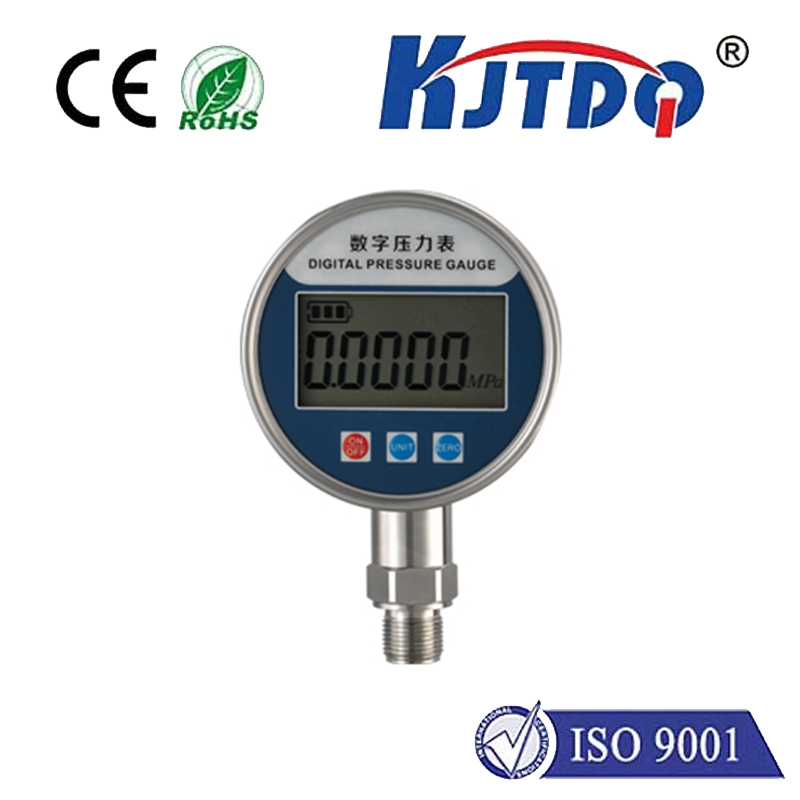usb distance sensor
- time:2025-06-27 01:52:27
- Click:0
The Ultimate Guide to USB Distance Sensors: Plug, Measure, Analyze
Imagine instantly knowing the precise distance to an object, simply by plugging a small device into your laptop’s USB port. Whether you’re a robotics enthusiast, an industrial engineer, a researcher, or a hobbyist, the ability to seamlessly integrate distance measurement into your digital workflow opens up a world of possibilities. This is the core value proposition of the USB distance sensor – a powerful tool bringing the physical world into your computer with remarkable ease.
What is a USB Distance Sensor?
At its essence, a USB distance sensor is an electronic device capable of measuring the distance between itself and a target object. Its defining feature is the inclusion of a USB interface, allowing it to connect directly to computers, single-board computers (like Raspberry Pi), and other compatible hosts without needing complex additional hardware or power supplies. It derives both power and data communication capability through the ubiquitous USB connection.
How Do They Work?
Most USB distance sensors rely on one of two primary technologies:
- Ultrasonic Sensors: These emit high-frequency sound waves and measure the time-of-flight (ToF) it takes for the echo to bounce back from the target. Distance is calculated based on the speed of sound. They are generally cost-effective and work well with various surfaces but can be affected by environmental noise and require specific mounting angles for optimal performance.
- Laser Distance Sensors (Laser Rangefinders): These utilize a low-power laser beam. Measurement occurs either via ToF (measuring the time for the laser pulse to return) or Phase-Shift (analyzing the phase modulation of a coherent laser beam). Laser sensors typically offer higher accuracy, longer ranges, and better resolution compared to ultrasonic types, making them ideal for demanding applications like surveying or detailed mapping.
Once the raw distance reading is captured by the sensor’s internal circuitry, it’s processed and transmitted digitally via the USB interface. This digital nature is crucial – it eliminates the need for analog-to-digital converters (ADCs) that sensors with analog outputs (like voltage or current) require, streamlining integration immensely.

Key Advantages of Choosing USB
The USB interface isn’t just a connector; it unlocks significant benefits:
- Extreme Simplicity & Plug-and-Play: Forget intricate wiring, power supplies, or ADC shields. Often, you simply plug the sensor in, install a driver (if needed), and start measuring. This drastically lowers the barrier to entry.
- Seamless Computer Integration: Data flows directly into your computer. This enables real-time visualization, logging to files (CSV, databases), immediate analysis using software (Python, MATLAB, LabVIEW, custom applications), and direct triggering of actions based on distance readings.
- Power Over USB (PoUSB): Most standard USB ports provide sufficient power (5V) to operate these sensors, eliminating the hassle of separate power supplies or batteries in many scenarios.
- Portability & Versatility: Their small size and reliance only on a USB port make them highly portable. Easily move them between different computers or integrate them into temporary setups.
- Simplified Development: For programmers and developers, communicating with the sensor usually involves standard serial communication protocols (USB CDC, virtual COM port) or straightforward libraries, accelerating project development.
Where Do USB Distance Sensors Shine? (Common Applications)
The combination of accurate distance measurement and effortless USB connectivity makes these sensors invaluable across numerous fields:
- Robotics & Automation: Obstacle detection/avoidance, terrain mapping, docking guidance, precise positioning of robotic arms or AGVs (Automated Guided Vehicles).
- Industrial Metrology & Quality Control: Monitoring object dimensions on a conveyor belt, verifying part presence or location, checking fill levels (non-contact), guiding assembly processes.
- Research & Academia: Physics experiments (kinematics, pendulum motion), environmental monitoring (water level, snow depth), biology (plant growth tracking), material science studies.
- DIY & Maker Projects: Interactive art installations, automated homebrew systems (e.g., garage parking assistant), model railroad control, security triggers.
- Education: Perfect teaching tools for introducing concepts of sensing, physics, data acquisition, and programming in a tangible, hands-on way.
- Simple Surveying & Mapping: Quickly capturing distances for room dimensions, site layouts, or integrating with positioning systems for basic mapping tasks (especially laser models).
Popular Types of USB Distance Sensors
Understanding the core technologies helps choose the right tool:
- USB Ultrasonic Distance Sensors (e.g., popular SRF02, HC-SR04 variants with USB adapter boards): Offer a great balance of cost and functionality. Typically suitable for medium ranges (a few centimeters up to 4-8 meters) and non-precision applications. Ideal for robotics, basic level detection, and educational uses.
- USB Laser Distance Sensors/Rangefinders (e.g., models based on VL53L0X, VL53L1X, TF-Luna, or specialized industrial modules): Deliver significantly higher accuracy (often millimeter or sub-millimeter) and better resolution. Effective ranges vary widely, from short-range (a few meters) suitable for precise positioning to longer-range models (up to tens or even hundreds of meters). These are preferred for industrial metrology, surveying, mapping, and any application demanding precision.
Choosing the Right USB Distance Sensor
Selecting the optimal sensor hinges on asking the right questions:
- Accuracy & Resolution Needed? Is millimeter precision critical, or is a centimeter-level estimate sufficient? Laser sensors win for high precision.
- Measurement Range? How far away are the targets you need to measure? Ensure the sensor’s specified range comfortably covers your needs.
- Target Surface? Highly reflective surfaces? Dark, light-absorbing materials? Water? Ultrasonic sensors can struggle with soft or angled surfaces; lasers generally handle a wider variety but can have issues with highly reflective targets at acute angles. Understand your target environment.
- Environmental Conditions? Will it be used outdoors (sunlight interference for lasers)? In dusty/dirty environments? Near sources of ultrasonic noise (machinery)? Check the sensor’s environmental ratings (IP rating if applicable).
- Required Update Rate (Speed)? How quickly does the distance change, and how fast do you need readings? Laser sensors typically offer much faster sampling rates than ultrasonic ones.
- Software Compatibility & Interface? Does the vendor provide drivers, libraries (Python, C++, etc.), or example code for your preferred operating system (Windows, Linux, macOS) and programming environment? Is the communication protocol (e.g., virtual COM port, HID) well-documented and easy to use?
- Physical Size & Mounting? Does the sensor need to fit into a tight space? How will it be mounted securely?
- Budget? USB laser sensors generally command a higher price than ultrasonic models. Balance cost against performance requirements.
Integrating and Using Your Sensor
The plug-and-play nature is a major draw. Typically:
- Connect: Plug the sensor into an available USB port on your computer or SBC.
- Install Drivers/Libraries (if needed): Some sensors appear as a serial port (COM port on Windows, /dev/ttyACM* on Linux) automatically. Others might require a specific driver or software library provided by the manufacturer for full functionality or higher-level commands.
- Communicate: Use serial communication tools (like PuTTY, CoolTerm, or
screen) or write code (Python with pyserial, C/C++, LabVIEW) to send commands to the sensor (e.g., “take a reading”) and receive the distance data back.
- Visualize/Analyze: Feed






